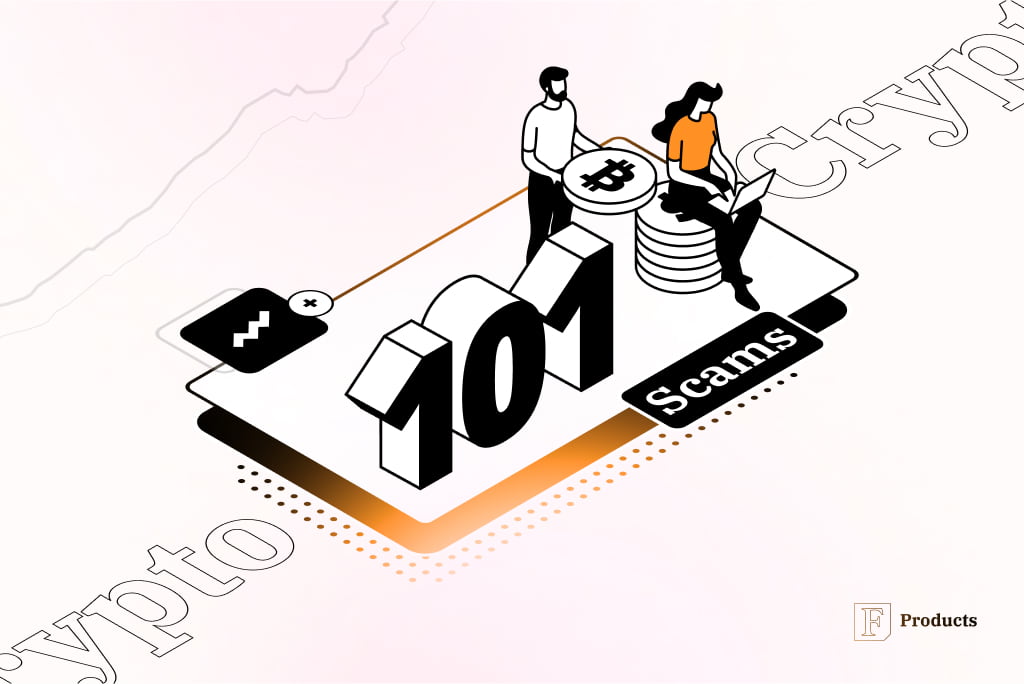Disclaimer
RISK WARNING: Cryptocurrencies are high-risk investments and you should not expect to be protected if something goes wrong. Don’t invest unless you’re prepared to lose all the money you invest.
By accessing this Site, you acknowledge that you understand these risks and that Finbold bears no responsibility for any losses, damages, or consequences resulting from your use of the Site or reliance on its content. Click here to learn more.
As a result of its rapid development and recognition, many still do not know what cryptocurrency really is. Regardless, owing to publicized cases of individuals ‘instantly’ getting rich from crypto, people still fall prey to hyped crypto adverts promising huge returns. More often than not, these ads act as a cover for crypto scams and are usually based on pump-and-dump schemes.
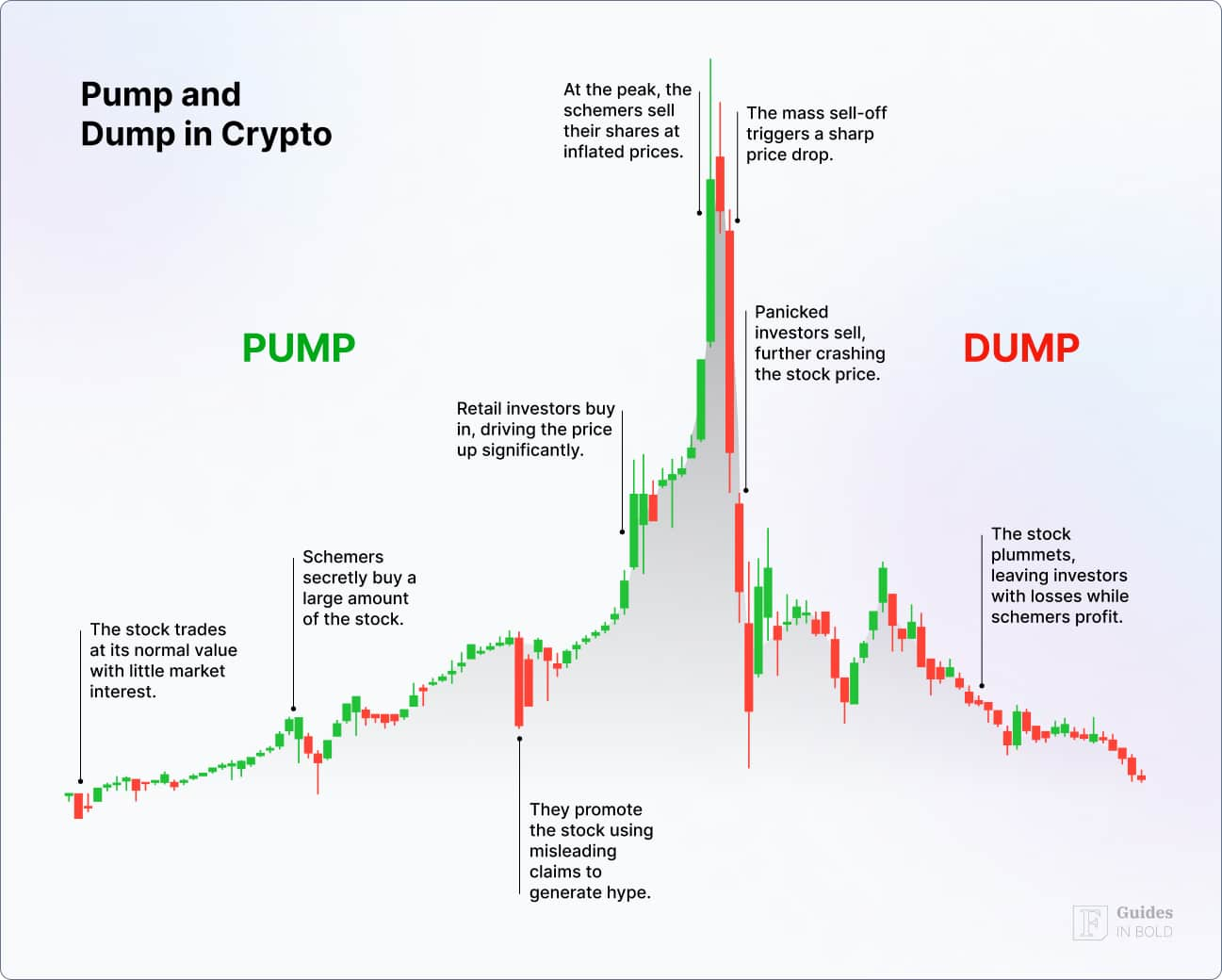
That said, not all crypto projects are scams, and some platforms can actually provide you access to a profitable blockchain endeavor. In fact, being able to differentiate between a potentially lucrative project and a fraud can prevent clandestine attempts at your wallet.
Once you have read our guide, you will be able to spot crypto scams and reliably verify whether a crypto project is legit. So, let’s get straight into it, shall we?
Understanding crypto projects
Crypto project definition
Crypto projects utilize blockchain’s core features, such as decentralization, transparency, and security, to solve specific problems. Although such projects vary in scope and purpose, their ultimate goal is to provide a more efficient and accessible alternative to traditional systems.
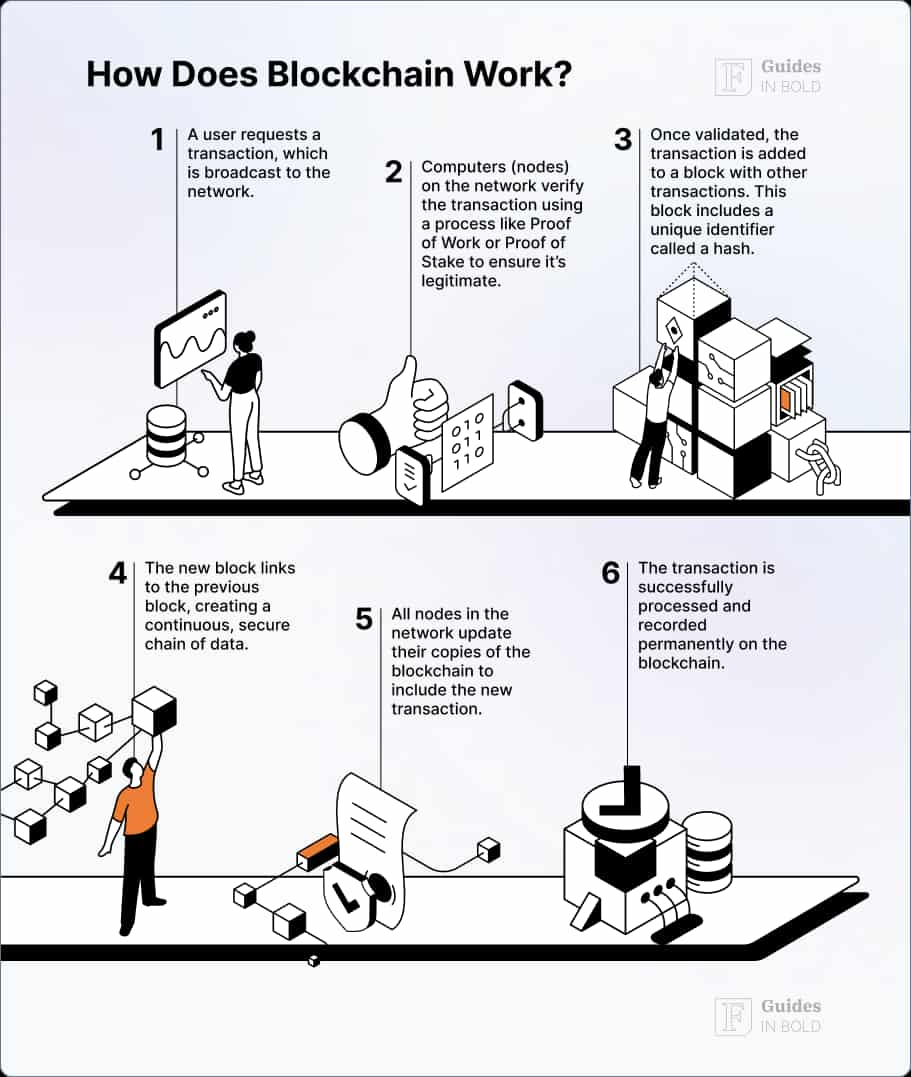
Let’s name a few types of crypto projects and discuss their purpose:
- Cryptocurrency: The most familiar type of crypto project, cryptocurrencies are digital currencies used for payment, value, or smart contracts. Common examples include Bitcoin (BTC) and Ethereum (ETH);
- NFT platforms: These platforms are digital ecosystems and marketplaces where users can create and trade non-fungible tokens (NFTs), as well as verify ownership of various digital assets, like art or collectibles. Common examples of NFT platforms are OpenSea and Rarible;
- DeFi: Decentralized Finance (or DeFi) are platforms that provide financial services (like lending and borrowing) without an intermediary third party. Examples include Uniswap and Aave;
- Layer 1 and Layer 2 solutions: Layer 1 represents the base blockchain, like Ethereum and Bitcoin (not to be confused with native tokens with the same name), while Layer 2 refers to parallel systems that reduce the workload of blockchains and make these operations more efficient (e.g., Lightning Network for Bitcoin and Optimistic Rollups for Ethereum).
- Enterprise: Enterprise-focused crypto projects apply blockchain technologies to traditional business models. For example, VeChain improves supply chain management, Filecoin provides decentralized cloud storage, and Civic allows identity verification.
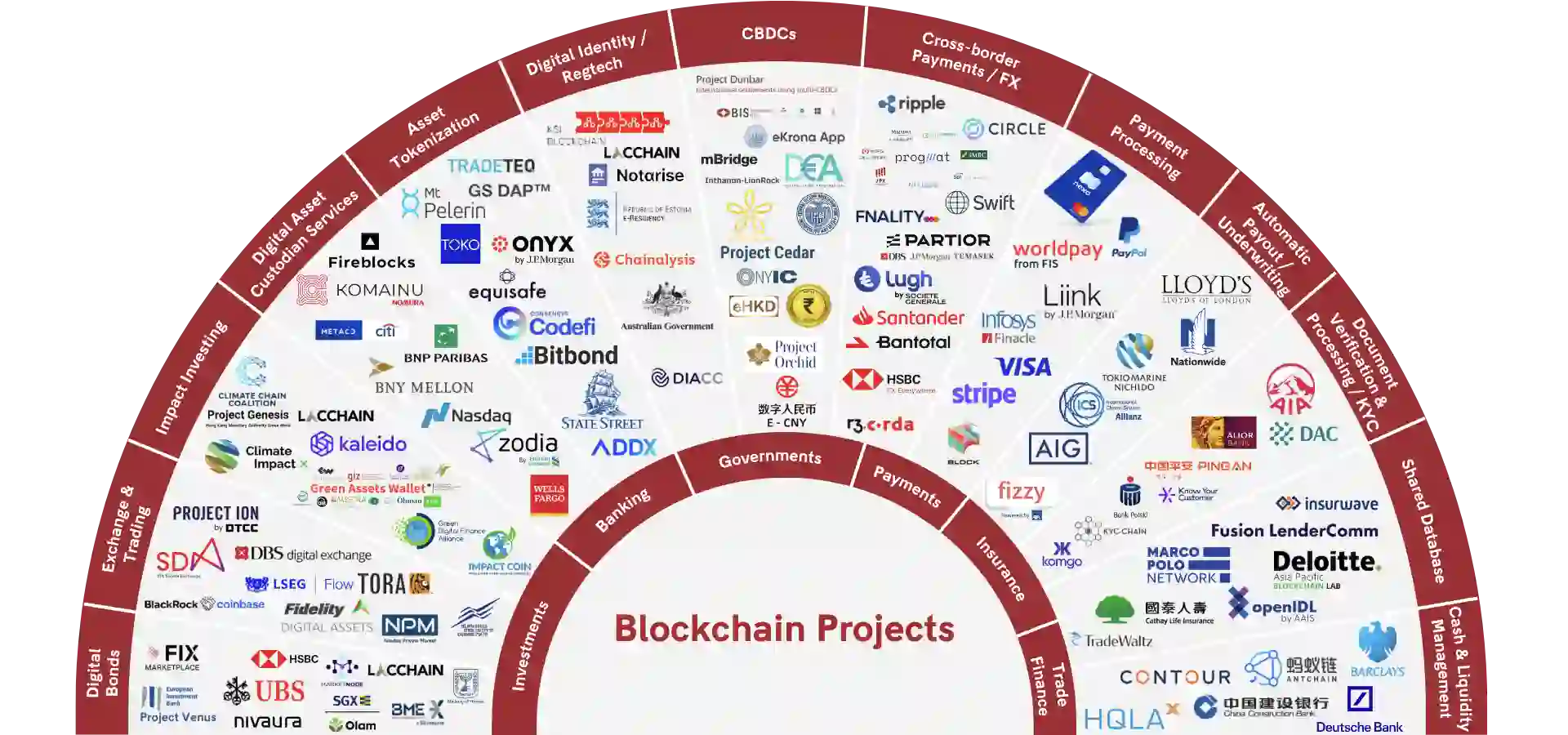
Crypto projects like these have a real purpose and genuinely apply innovation to provide better alternatives to traditional solutions. However, the highly publicized and rapid financial successes of some crypto projects, such as the exponential rise in the market value of Bitcoin, gave rise to notorious crypto scams.
It isn’t always easy to distinguish between a legitimate crypto project and a fraud. However, we have created a step-by-step guide to help you verify if a project is legit.
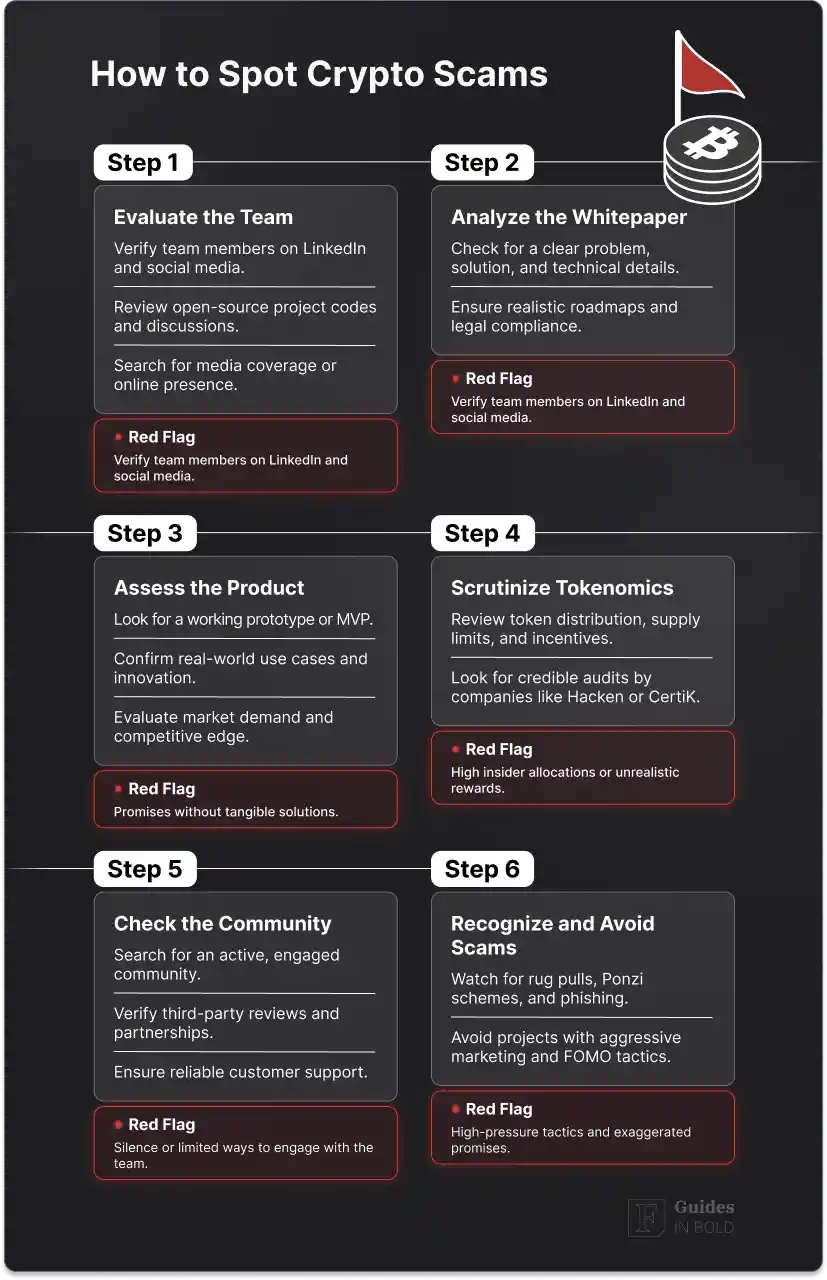
Step 1: Evaluate the team
First things first: legitimate projects are done by legitimate people. Therefore, the initial step is to check the background of the team behind the proposed crypto project.
- Internet and social media presence. Legit teams sign their crypto projects with their real names. Consider confirming their identities on LinkedIn and other social media, as well as their previous projects, which should also be transparent. Assess the success and performance of their past products and services;
- Check the codes of open-source projects. Open-source projects sometimes withhold the names of developers. That said, you can still review the codes and community comments on GitHub or GitLab or even join Discord, Telegram, or Slack channels for discussion;
- Press and media coverage. Finally, even a plain old Google search can sometimes immediately reveal whether a project is a scam. If neither the team nor the project appears publicly and transparently online, it is near-guaranteed that the project is a scam.
In short, the first step entails checking the team, their previous projects, and community feedback. If the project lacks transparency about these, something fishy is likely happening, and you should stay clear.
Step 2: Analyze the whitepaper
Next, a legit crypto project must have a clear and detailed whitepaper that outlines the targeted problem, the provided solution, and the technical aspects of the crypto project. Look for the following when you check the whitepaper:
- Look for a solid outline of the project. The whitepaper should immediately introduce the problem the project aims to solve, deliver a summary of its objectives, and explain the proposed solution;
- Technical mastery. A solid crypto project is based on sophisticated blockchain innovation, and the whitepaper should reflect the mastery of token technology. In other words, look for technical details of the project and examine the proposed model, including supply dynamics, transactional utility, and ecosystem viability;
- Feasibility and roadmap. Every whitepaper should have a roadmap: review the milestones for project development and various functionalities. Confirm whether the project’s timeline is reasonable within the given timetable;
- Regulation and risk. A legitimate project knows risks and legal rules; the related whitepaper must reflect that. Consider the legal framework of the crypto project and the risks that come with cutting-edge digital technology. Addressing technical challenges and market volatility with a realistic perspective will attract the right investors.
The whitepaper must present the project in detail, showing the team’s technical prowess and providing a solid planning and feasible roadmap for the given endeavor. While fraudsters make their presentations as simple, approachable, and attractive as possible, legit crypto projects’ whitepapers are detailed, solid, and thorough, addressing potential issues as well as potential rewards.
Step 3: Assess the product
Assessing the product or service provided by the crypto project is one of the most critical factors in verifying if a project is legit or a crypto scam. Here’s what you should check:
- Prototype and MVP (minimum viable product): Any sensible project must have at least a prototype or a minimum viable product. If the project is founded on promises, presentations, and marketing alone, it is a big red flag;
- Innovation and use cases: Always confirm that the project provides a tangible solution to an existing real-world problem. Scams often intentionally obscure the purpose of their project and provide vague promises as their primary goal is targeting as broad an audience as possible;
- Market demand and competitors: For an investor, the projected ROI is a crucial incentive, and potential market demand for the product or service drives the profitability of the crypto project. Genuine projects have features that lift them above competitors and drive this demand. On the other hand, scammers tend to simply copy existing solutions without applying innovation.
A crypto project is similar to a new business looking to launch its latest product. A legitimate crypto project will consider market demand and develop a prototype with solutions to sate it. Conversely, crypto scams tend to run on vague promises and goals that fall apart upon an objective economic analysis.
Step 4: Scrutinize the tokenomics
What is tokenomics?

Giving tokenomics a thorough look can help you uncover a crypto scam by showing inconsistencies, relying on unsustainable models, or pursuing malevolent practices.
- Distribution: How tokens are distributed, their total supply, and potential future issuance define the potential value of the whole crypto project. Bear in mind that an outsized portion of tokens is allocated to team members or private investors waves the red flag of pump-and-dump schemes;
- Supply: An actual crypto project must clearly define the limits of token supply or designate mechanisms that deal with inflation rates, such as burn rates. Excessive or even unlimited supply without demand drivers or ways to deal with inflation tend to indicate a critical flaw in the project or even an intentional scam;
- Incentive structure: Genuine crypto projects aim to provide sustainable rewards and returns that promote the actual growth of the product or service. Crypto scams instead promise highly unrealistic returns such as ‘guaranteed’ high yields, often citing double or triple the initial investment amount.
Red flags in tokenomics
A careful observation of tokenomics should clear the path from red flags such as a high concentration of tokens in the hands of the team and private investors and unrealistic promises of returns.
Furthermore, you should check for token auditing by a credible auditing company for additional confirmation of the project’s legitimacy. The top five audit companies for crypto projects include:
- Hacken;
- CertiK;
- Slowmist;
- Quantstamp;
- Trail of Bits.
Step 4: Check the community and review social proof
Furthermore, you should seek the community’s opinion about the project. A thriving flock of followers is a solid positive indicator, while a suspicious silence over the ‘cutting-edge’ project might indicate a crypto scam. Ensure you have checked the following:
- Active community: A passionate community is a green flag. It is difficult to hide: investors and supporters in the crypto circles are vocal and drive engagement and adoption. Simply search for the project on social media, forums, and discussion boards. Consider packing your bags if you find no supporting voices;
- Third-party audits and reviews: To top off the experience of users and investors, also confirm with potential third-party audits and reviews. If a reputable platform has given a positive view of the project, the chances are that the solution reviewed is legit. Make sure that the review is independent and not sponsored by the team behind the project;
- Partnerships and endorsements: Established companies often invest in emerging projects if they perceive something valuable in them. Credible partnerships add legitimacy and indicate that the project is unlikely to be a scam.
- Customer support: Scammers want to leave as few traces as possible, so they will limit how you can contact them. To confirm that the crypto project is credible, ensure they have a functional way to contact the support team or developers themselves. Additionally, check for the business address and potential phone numbers that you can call.
The trademark characteristic of scammers is that they have limited communication channels and no genuine community for any stated reason. To mask that there are no users behind them, they give you little time or limited ways to interact with them or their ‘community.’ The team behind a genuine crypto project will encourage you to engage with them or their community, so you should do precisely that.
Step 5: Recognize and avoid scams
You’ve just torn open a bag of snacks and opened Twitter for a daily dose of scrolling. Suddenly, you stop chewing as your jaw drops: Apple just launched its crypto support deal. For every BTC you send them, you get two back. Yeah, Apple, verified and all. You race to open your crypto wallet and send several of your hard-earned tokens to the address from the tweet. Double the amount is coming any minute now. It’s the official Apple account, after all, right? Right?
Certain telltale signs should immediately tell you that a crypto project is a scam, no matter how lucrative or verified a deal seems to be. The story above actually happened in 2020 when hackers gained access to Twitter tools and posted a crypto scam on verified accounts, including Apple (NASDAQ: AAPL), Bill Gates, MrBeast, and Warren Buffett.
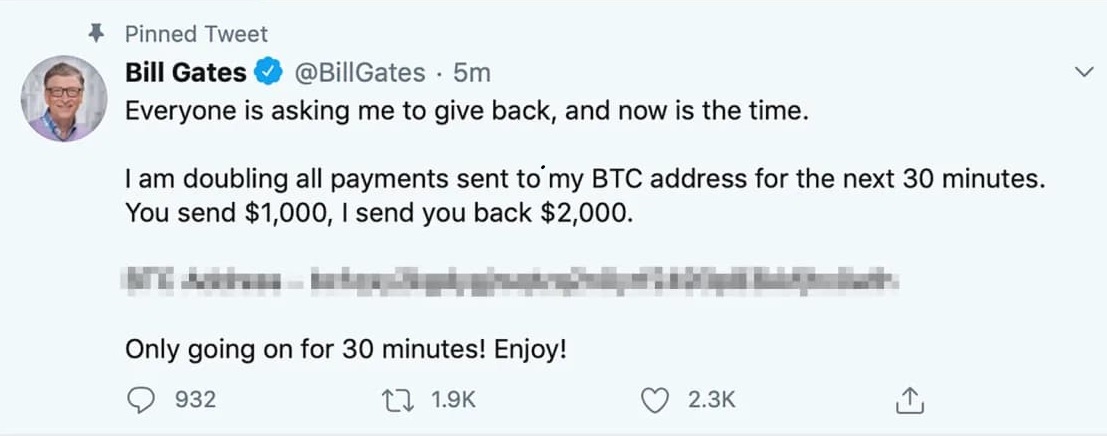
Tips and tricks to recognize crypto scams
There’s a pattern behind common scam tactics and warning signs: make sure to terminate your relationship with the project as soon as you notice any of these. Avoid the following:
- Common scam tactics: Research the most common forms of scam tactics, which include rug pulls, Ponzi schemes, fake initial coin offerings (ICOs), phishing, and pump-and-dump schemes. Each of these relies on specific tactics.
Rug pulls manipulate the value and liquidity of the token; Ponzi schemes feign paying investors from the funds of new arrivals; fake ICOs entail fake brokers making a facade of legitimate coins and promising high yields; phishing entices you to reveal sensitive information; and pump-and-dump schemes falsely inflate the price of the token.
- Warning signs: Some warning signs are common for all crypto scams. First of all, there’s a lack of transparency, as truth would reveal nothing behind the project. Second, aggressive marketing targets as broad an audience as possible without considering the demands of their ‘product.’ Finally, scammers rely on high-pressure tactics, playing on fear of missing out (FOMO) and tricking you into thoughtless acts;
- Verification tools: If you’re still unsure whether the project is legitimate or a crypto scam, you can enlist the services of various verification tools that are easily accessible online.
Some of the best verification tools include:
- Smart contract and crypto audits. As we’ve already mentioned, some of the best crypto audit websites include Hacken, Slowmist, Quantstamp, Trail of Bits, and PeckShield;
- Token and wallet tracking. You can use tools like Etherscan or BSCScan to track crypto transactions and wallet activity;
- Team verification. LinkedIn search should yield the necessary results, but you can also do a reverse Google image search or do your own manual research online;
- Domain analysis. Fraudsters tend to open their fake websites shortly before engaging in their activities. You can use tools like Whois Lookup to verify SSL certificates and domain age;
How to avoid crypto scams: Dos and don’ts
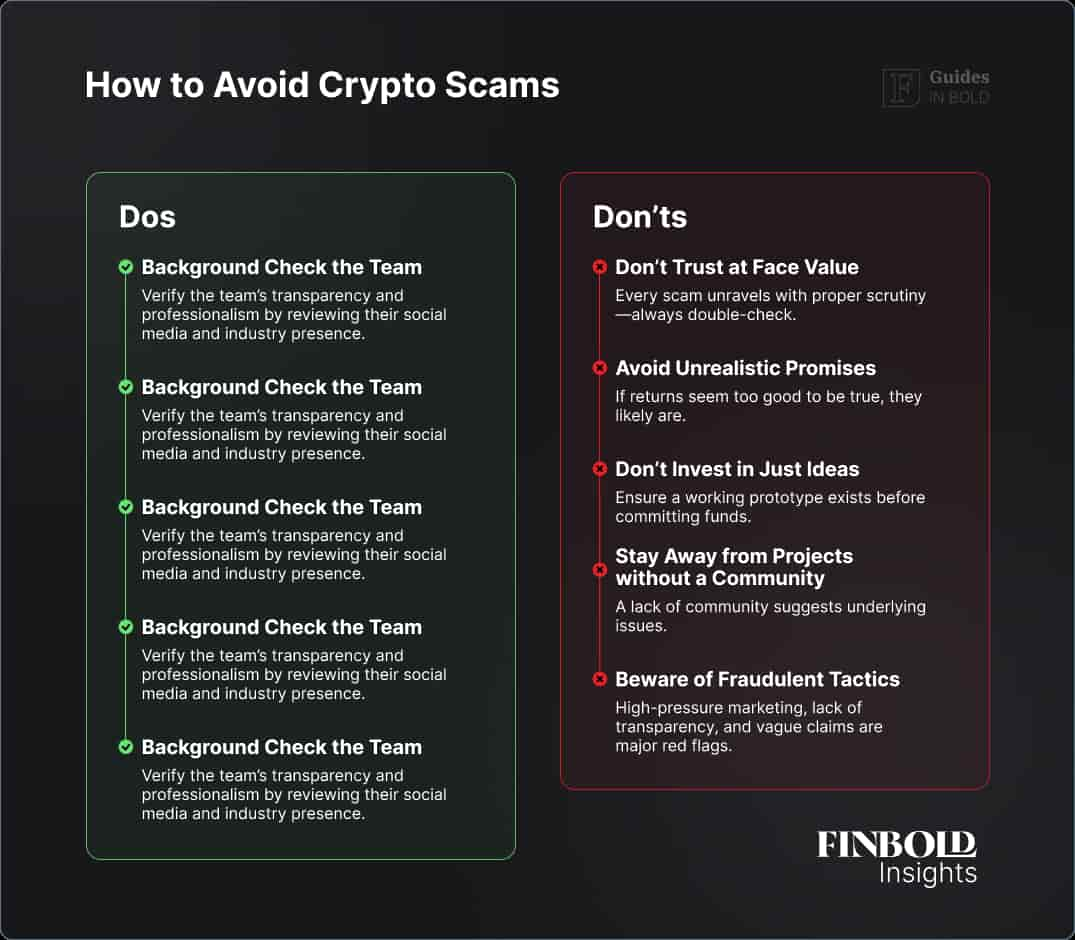
Here’s a quick summary of things you should and shouldn’t do when you verify if a project is legit:

Dos
- Background check of the team. Always confirm that the team behind the project is transparent and professional. Go online and search for their social media and industry presence;
- Confirm knowledge and crypto mastery. Go through the whitepaper and check for technical nonsense and bogus descriptions. The lack of expertise is a telltale sign of a crypto scam;
- Assess the product. Ensure the crypto project offers something tangible and valuable to the market;
- Check the tokenomics. Crypto with bad tokenomics is bound to lose value quickly, so ensure that’s not the case;
- Learn about scams. Knowing how scams look will help you not fall for them.

Don’ts
- Never trust the face value without checks. Professional scammers create believable frauds, but every scam falls apart upon closer inspection;
- Don’t trust promises of unrealistic returns. If it’s too good to be true, it probably isn’t;
- Don’t invest in plans and presentations. Make sure that the project has a working prototype before investing;
- Avoid projects without a community. There’s probably a reason why no one’s aboard;
- Never fall prey to fraudulent tactics. Aggressive marketing, a lack of transparency, and high-pressure tactics are red flags.
Conclusion
For every legitimate crypto project, there is at least one crypto scam designed to trick those unfortunate enough to pursue cryptocurrency and blockchain investments without learning how to verify if a project is legit. This results in many disillusioned investors who give up entirely on crypto: despite the pessimism, there are many thriving crypto projects out there that you can safely support.
Hopefully, our guide has taught you the basics of crypto scams and how to distinguish between a genuine crypto project and a fraud. Still, it cannot be emphasized enough that you should still do your own research before investing.
Finally, the world of crypto is rapidly evolving. As our final advice, make sure to stay on top of developing market trends and breakthroughs in the advancing world of blockchain.
Disclaimer: The content on this site should not be considered investment advice. Investing is speculative. When investing, your capital is at risk.
FAQs about crypto scams
What is a crypto project?
A crypto project is a blockchain initiative designed to create, develop, and implement cryptocurrencies, decentralized applications (dApps), and platforms.
How to identify a crypto scam?
Some of the telltale signs of a project being a crypto scam are a lack of transparency, aggressive marketing, and high-pressure tactics. Make sure to do your own research before investing in any crypto projects.
How to recover money from a crypto scam?
Although possible, successfully recovering money from a crypto scam is very unlikely, so learning to recognize a crypto scam is crucial. Contact your local authorities in case you lose money to fraud.
How to check if a crypto project is legit?
To ensure that a crypto project is genuine and not a scam, you should evaluate the team, analyze the whitepaper, assess the product, scrutinize the tokenomics, check the community and social reviews, and learn about common scams.
What is a good way to avoid getting caught in a crypto phishing scam?
The rule of thumb is never to reveal your sensitive information online. Legitimate projects will never ask for your keys and passwords.
How to report a crypto scam?
To report a crypto scam, contact your local financial authorities (such as the Federal Trade Commission and the U.S. Securities and Exchange Commission).
How can you tell if someone is a crypto scammer?
The most common signs of a crypto scammer are a lack of transparency, aggressive marketing, and high-pressure tactics. Legitimate entrepreneurs should be transparent, organized, and cooperative.
